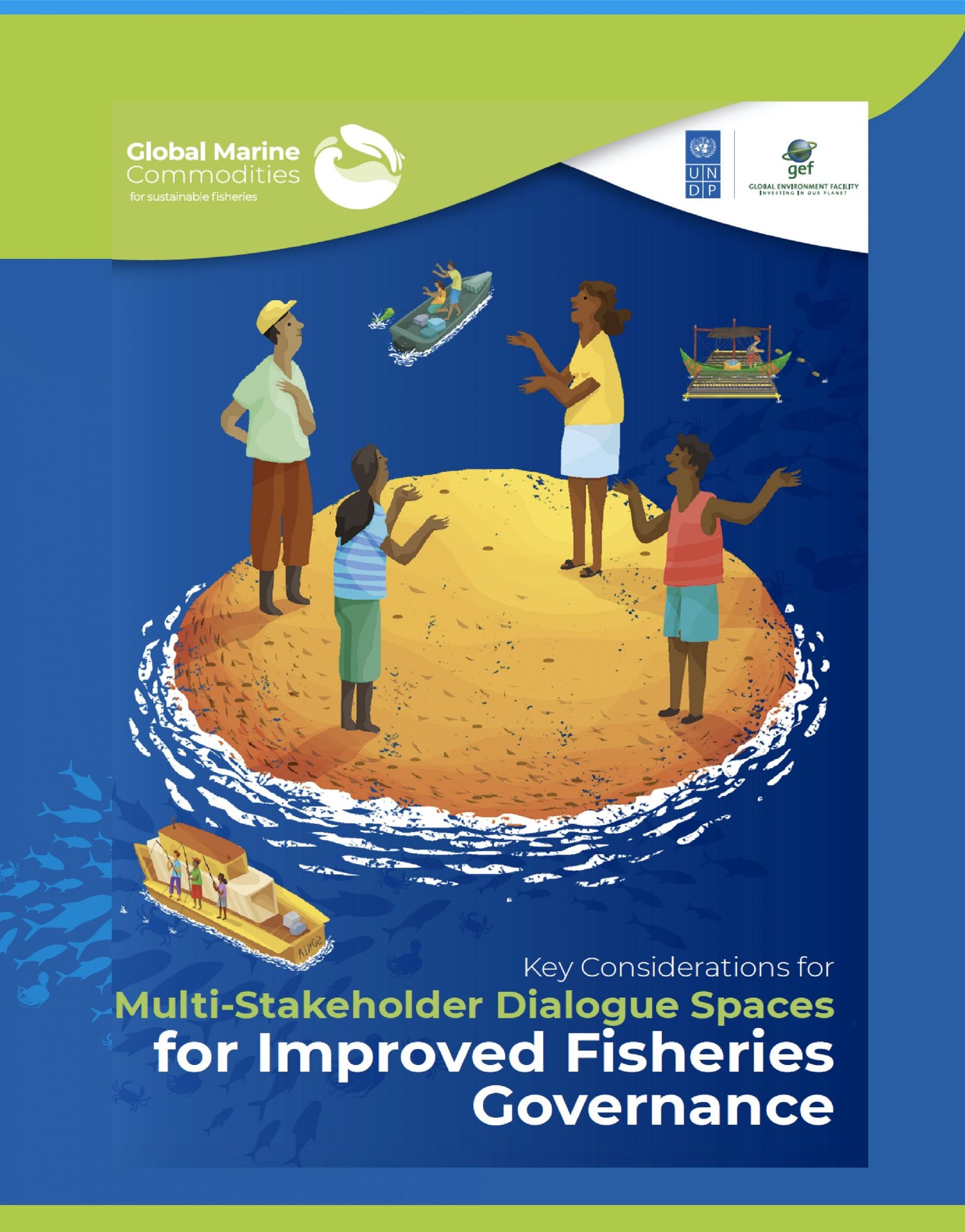Modeling the effectiveness of holding cages and Thai-style hatcheries in Philippines blue swimming crab fisheries and their economic viability

Abstract:
Fisheries are an important aspect of global food production, but for many, such as the blue swimming crab (Portunus pelagicus) fishery in the Philippines, stock abundance has dropped significantly due to over harvesting. Many strategies exist to manage fisheries, and one such method to mitigate the effects of overharvesting is to allow gravid female crabs to release their larvae before processing the crabs. This strategy can be implemented through placing females in holding cages to allow for spawning or to rear the eggs in Thai-style hatcheries. However, the efficacy of larval release to mitigate the effects of overharvesting has not yet been measured. In this report, a theoretical population model was constructed as a first step in estimating the efficiency of these release methods. The model tracks the survival of a cohort of released crab larvae both in the planktonic and benthic phase.Organization(s): UNDP
Publication year: 2020
Keywords:
Geographic keywords:
Language(s): English
How useful was this document?
Share:
Pertimbangan Pokok untuk Ruang Dialog Multi-Pemangku Kepentingan untuk Tata Kelola Perikanan yang Lebih Baik


Abstract:
The United Nations Development Programme (UNDP) is committed to enabling people to share their goals,needs and commitment to managing the use of natural resources (water, forests, soils, fisheries) in a way that meets global sustainable development goals. The UNDP has been facilitating dialogues between people involved in a variety of commodities such as coffee, oil palm, soy, beef and cocoa. The move into seafood enabled this approach to be applied to seeking solutions to the well documented issues associated with overfishing and the inequitable distribution of benefits from the use of fishery resources. As publicly owned resources, fisheries are more likely to be sustainable when stakeholders are actively involved in the management process. The Sustainable Marine Commodity Platform approach ensures that those in the wider supply chain, who also have an interest in sustainable use, are proactively included.Organization(s): UNDP | SFP
Publication year: 2020
Keywords:
Geographic keywords:
Language(s): English
How useful was this document?
Share:
Stock Assessment of Octopus in Four Regions of the Philippines and Nationally


Abstract:
Scientific stock assessment is a key bio-mathematical tool in the understanding of the population dynamics of fished stocks, estimation of their productivity and establishment of management programs aimed at their sustainable exploitation. Octopus fisheries are a special case because octopus stocks are short-lived, with fast dynamics, and their exploitation is usually conducted by small-scale fisheries. Thus data collection tends to be deficient, making them data-poor or data-limited fisheries that require specialized tools for their assessment. This scientific report collect data from the four Philippine’s selected regions and the national total were analyzed to determine the abundance and exploitation status of the octopus stock.Organization(s): UNDP | SFP
Publication year: 2020
Keywords:
Geographic keywords:
Language(s): English
How useful was this document?
Share:
Key Considerations for Multi-Stakeholder Dialogue Spaces for Improved Fisheries Governance


Abstract:
The United Nations Development Programme (UNDP) is committed to enabling people to share their goals,needs and commitment to managing the use of natural resources (water, forests, soils, fisheries) in a way that meets global sustainable development goals. The UNDP has been facilitating dialogues between people involved in a variety of commodities such as coffee, oil palm, soy, beef and cocoa. The move into seafood enabled this approach to be applied to seeking solutions to the well documented issues associated with overfishing and the inequitable distribution of benefits from the use of fishery resources. As publicly owned resources, fisheries are more likely to be sustainable when stakeholders are actively involved in the management process. The Sustainable Marine Commodity Platform approach ensures that those in the wider supply chain, who also have an interest in sustainable use, are proactively included.Organization(s): UNDP | SFP
Publication year: 2020
Keywords:
Geographic keywords:
Language(s): English
How useful was this document?
Share:
The Blue Swimming Crab Fisheries in the Visayan Sea, Philippines: A Review of Assessment Information and Analysis Options


Abstract:
This report presents the result of reviewing and evaluating BSC data collected by the Philippine’s National Stock Assessment Program in Regions 5, 6, and 7, where the country's main BSC fishing grounds are. It provides an overview of the analysis options viable for these regions (traditional or conventional stock assessment but also relatively new and potentially useful analytic approaches) and determines new reference points for the fishery. Assessments conducted indicate that the BSC stock in the Visayan Sea is highly overfished. Some of the assessment models used indicate the need for reduction of fishing effort by about half (49%) from the 2018 level and an increase in length-at first capture to 11.5 cm from the current 9.75 cm captured by bottom-set gillnets and crab pots/traps, the dominant gears exploiting BSC in the Visayan Sea.Organization(s): UNDP | SFP
Publication year: 2020
Keywords:
Geographic keywords:
Language(s): English
How useful was this document?
Share:

 (5 votes, average: 4.60 of 5)
(5 votes, average: 4.60 of 5)